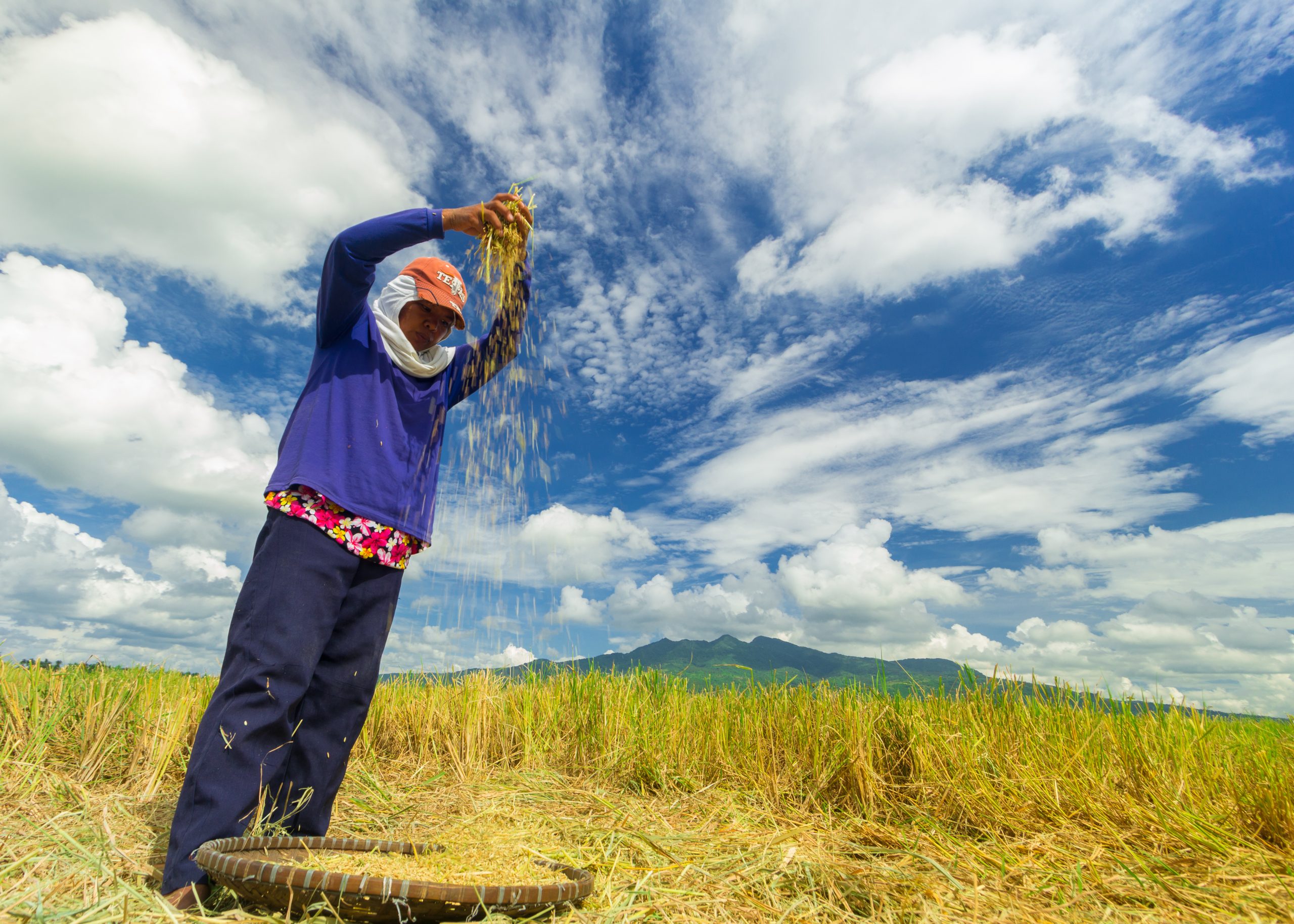
Filipino families are reaping the initial benefits of the Rice Tariffication Law (RTL) as more rice grades become available and affordable to different segments of the society.
“The RTL has not only significantly reduced rice prices in retail markets, but also provided consumers several types or grades of rice to choose from,” said Agriculture Secretary William D. Dar. “
The rice market segmentation is a very important outcome of the RTL with regards to rice prices. It only means that consumers have a choice depending on their preference and what they can afford,” he said.
The DA chief said that the lowest price segment ranges from P27 to P32 per kilogram (kg), while the middle-level rice grades are sold at P33 to P37 per kg, and the more ‘classy’ types are retailed at more than P38/kg.
“Now that rice is available to all consumer groups, rice is no longer a driver of inflation,” Dar said, citing the January 2020 Consumer Price Index report by the Philippine Statistics Authority (PSA).
As of the second week of February 2020, the average wholesale price of regular milled rice (RMR) was pegged at P33/kg, which is 13 percent (%) lower than the P38/kg a year ago. At the retail markets, the RMR was sold at P36.33/kg, or 11.6% from P41.11 in 2019.
“We expect the average prices of regular milled rice to go down further, and thus make our main staple more affordable to millions of consumers. And we in government will continue to pursue corrective measures in the implementation of the RTL in the next five years,” Secretary Dar said.
The average wholesale price of well-milled rice (WMR) also decreased to P37.06/kg, or 10.6% drop from P41.45/kg during the same period in 2019.
At the retail markets, WMR was sold at P41.22/kg, 8% lower than P44.80/kg in 2019.
“We are elevating our efforts to further improve palay productivity and reduce production costs – all to ensure the profitability of rice farmers,” added Secretary Dar.
Also, he instructed the DA’s National Food Authority to be aggressive in buying palay from farmers particularly from RCEF areas at the current support price of P19/kg this current dry season harvest.
The average farmgate price of palay is currently at P16/kg. Last year, the DA-NFA was able to buy P14.5-billion worth of palay, rolling twice its annual subsidy of P7 billion, said administrator Judy Dansal.
“We have strengthened measures to ensure that the DA-NFA will be able to repeat or exceed its buying capacity for this year,” Secretary Dar said.
Thus, for the current dry season, Dansal added that the DA-NFA has allotted P4.9B for palay procurement, and at least P9.7B for this year’s main harvest season.
Further, government lending institutions led by Land Bank of the Philippines and Development Bank of the Philippines continue to assist provincial local government units and big farmers’ cooperatives so they can buy palay from farmers, aimed at institutionalizing the partnerships and more importantly propping up and stabilizing palay farmgate prices.
Secretary Dar said the DA through the NFA and regional field operations is set to finalize discussions with the Department of Social Welfare (DSWD) on the use of the P31-billion rice subsidy for beneficiaries of 4Ps at P600 cash per month to be converted into rice.
“If approved, we can haggle for better prices for palay bought directly from farmers using the DSWD’s 4Ps budget,” Secretary Dar concluded. ### (DA Communications Group)
Reference:
Noel Ocampo Reyes
DA Spokesperson and Asec for Comms
and Media Affairs
CP: 09204889686 or 09566694611
Phone: 89298183














